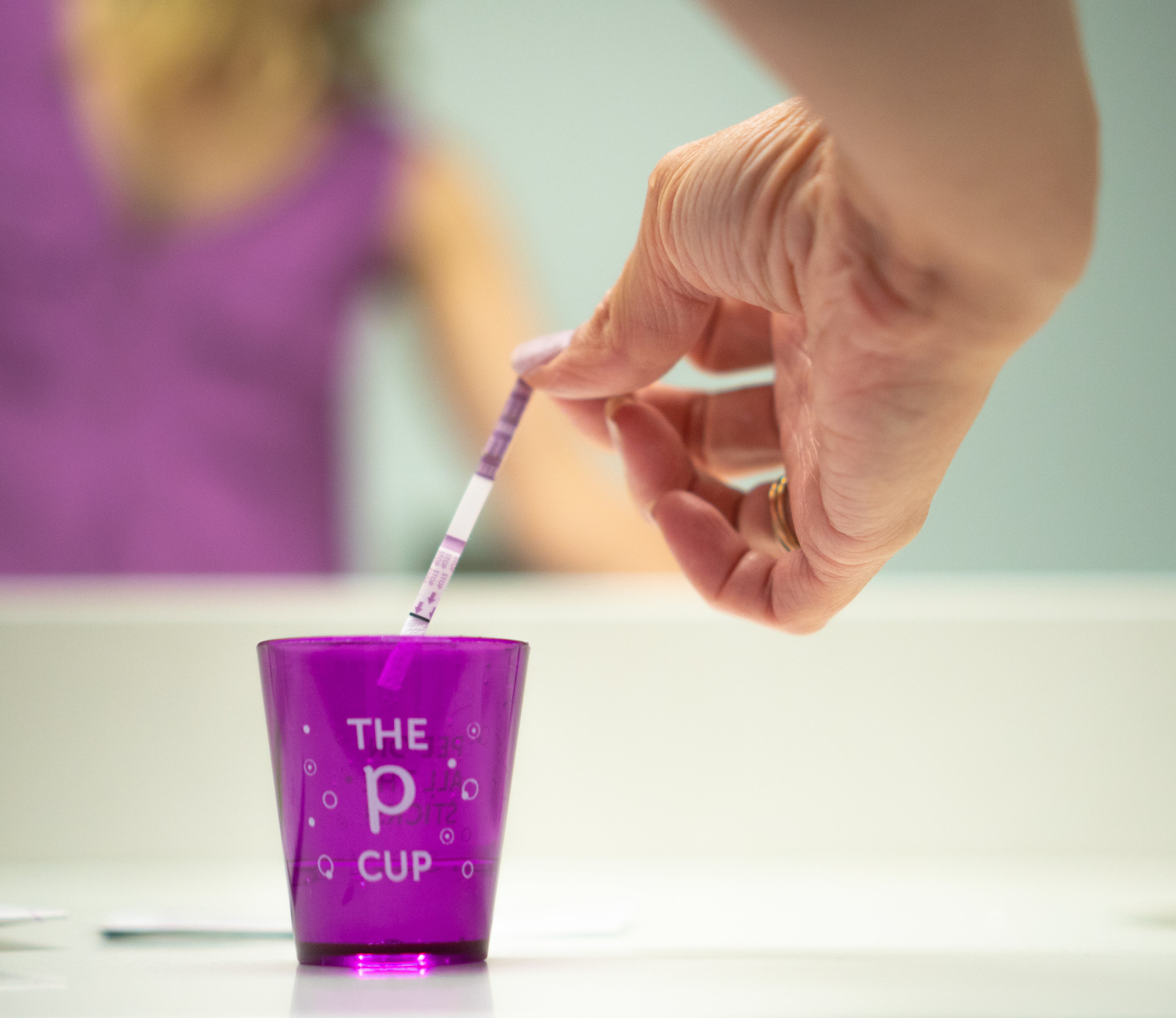...at least not in the way you think!
Here at Proov, PdG is queen. Unlike other fertility kit tests, Proov tests Pregnanediol (PdG), pronounced “preg-nane-die-all.” Like most people, you’re probably thinking what the heck is pregnanediol and why is it so important?
Before we get into the details, let’s first get a better understanding of the hormone progesterone.
In case you’re new here, we love this hormone! It does some pretty amazing things and is the rockstar in the luteal phase, the second half of a woman's cycle. The luteal phase occurs after ovulation. Progesterone is produced from the empty follicle (aka, the corpus luteum) and prepares the uterus to receive an embryo, in the event that an egg has been fertilized.
Progesterone is secreted into the bloodstream by your ovaries after ovulation. From there it travels to the uterus and prepares an embryo to implant. You can get a blood test to measure progesterone, but this is not a very practical solution if you want to be able to track progesterone over multiple days. Why track multiple days? Well, unlike other hormones (like LH for example) that just spike and come down, progesterone rises more slowly and must remain elevated for an extended period of time. A one-time test falls short of telling a woman if her progesterone is elevated high enough for long enough. So what’s a gal to do?
Enter Proov. When trying to figure out how to track progesterone levels, we turned to urine. This provides a much more convenient test subject than blood and still provides accurate results. But if progesterone is secreted into the bloodstream, how is it possible to track using pee?
Let's Get Scientific
Well first, it’s tricky. Oil soluble hormones like progesterone don’t pass into the urine very easily. Progesterone actually enters the liver then metabolizes into a molecule called Pregnanediol. Then, a molecule called Glucuronide gets added to make it soluble in water. This allows it to pass through the liver and into the bladder.
Though progesterone itself does not pass into urine, Pregnanediol Glucuronide - aka PdG - does...in a significant amount. This allows for more convenient tracking since you can now understand levels through your pee - all thanks to the progesterone metabolite, PdG. See below for our handy chart now showing PdG tracking - it corresponds perfectly to when progesterone is elevated during the luteal phase of the cycle.

Scientists have been researching PdG for over 60 years. It has shown to directly correlate with serum levels in numerous studies and has been known to give accurate results in confirming ovulation. Tracking PdG levels gives women the same powerful information on progesterone levels, but with no needles and at a reduced cost. Your schedule, your bathroom, your privacy - all you gotta do is pee!













